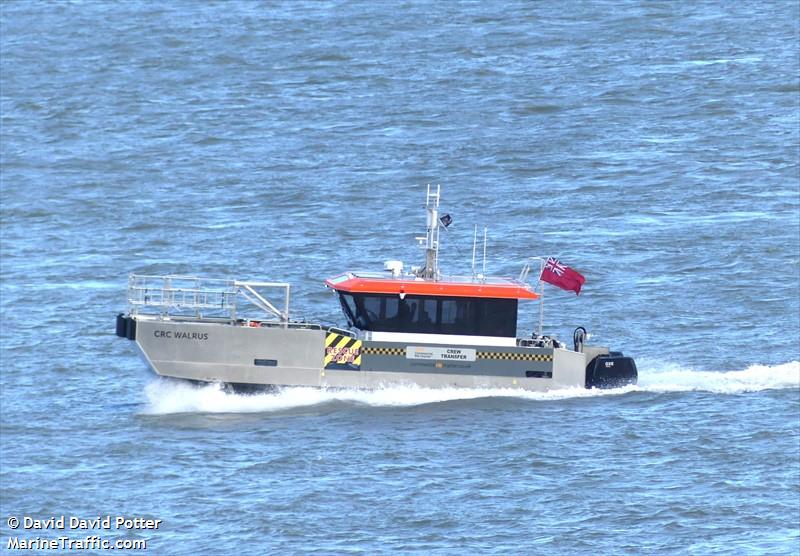The weather here at Escudero hasn't been very good, so we've had to mostly stay indoors for the past couple of days. We've had a lot of wind (up to 40 mph) and some rain. That means no field work! It's important that nobody works outside when it's unsafe. Even when the weather is good, we are not allowed to go out to do field work alone. We have to always work with at least one other person. Nobody works alone!
The same is true of the animals that live in Antarctica. Animals can't exist without interacting with other animals. While some animals are solitary, they still have to interact with other species to eat and reproduce. Some of them are particularly dependent on other species. They also never work alone!
Everybody knows about penguins living in Antarctica. But penguins are actually marine birds and only live part of their life on land. The snowy sheathbill is the only true land bird on the Antarctic continent.
Sheathbills are scavengers who will eat just about anything. They are often found around penguins because they steal a lot of their food from penguins. They will steal the food that penguin parents regurgitate to give to their chicks, eat the remains of dead penguins, even penguin guano! Without penguins, the sheathbill in this photo would not be able to survive.
Wilson's storm petrels often eat invertebrates in the water, but sometimes they take advantage of the work of other animals. In this video, a leopard seal is eating a penguin. The storm petrels are hovering around, diving in to steal little bits of leftovers that fall off when the leopard seal is tossing the penguin around. The storm petrels rely on bigger predators to catch the food that they can't hunt themselves!
Not all interactions between species are friendly, though. Skuas are another type of bird common in Antarctica. They are predators who will eat eggs and chicks of other birds. Therefore, other species of birds don't usually like it when a skua shows up! Antarctic terns are a smaller species of bird who will work hard to defend their nests from predators. They "dive bomb" any potential threat to try to scare it away. When this skua showed up at one of our field sites, the terns were very unhappy!
























